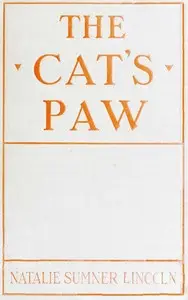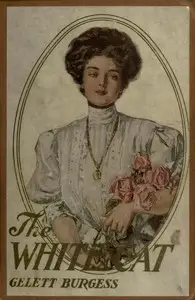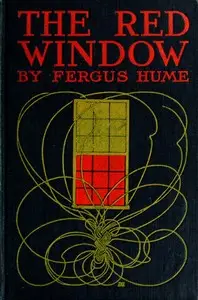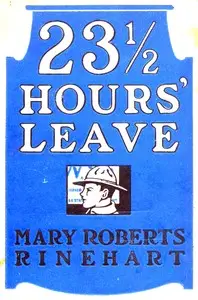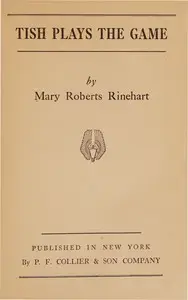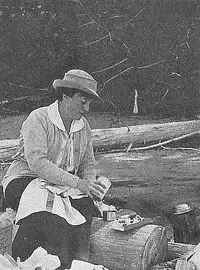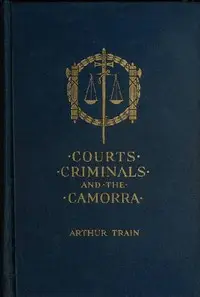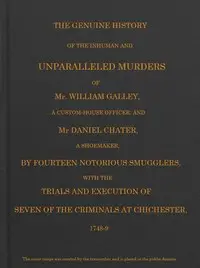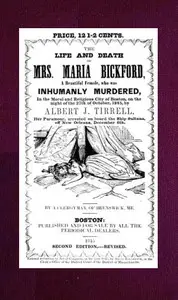"The Window at the White Cat" by Mary Roberts Rinehart is a mystery novel where lawyer John Knox gets caught up in a complicated case involving a missing state treasurer named Allan Fleming. The treasurer's daughter, Margery, asks for Knox's help finding her father, who disappeared under suspicious circumstances that may relate to the disappearance of her aunt as well. As Knox begins to investigate, clues about political schemes and danger surface, along with unsettling events, like a mysterious handprint near a hidden attic space, hinting at secrets and raising the stakes for everyone involved.

The Window at the White Cat
By Mary Roberts Rinehart
When a state treasurer goes missing, his daughter hires a lawyer, leading them both into a dangerous world of political intrigue and hidden secrets.
Summary
About the AuthorMary Roberts Rinehart was an American writer, often called the American Agatha Christie. Rinehart published her first mystery novel The Circular Staircase in 1908, which introduced the "had I but known" narrative style. Rinehart is also considered the earliest known source of the phrase "the butler did it", in her novel The Door (1930), although the exact phrase does not appear in her work and the plot device had been used prior to that time. She also worked to tell the stories and experiences of front line soldiers during World War I, one of the first women to travel to the Belgian front lines.
Mary Roberts Rinehart was an American writer, often called the American Agatha Christie. Rinehart published her first mystery novel The Circular Staircase in 1908, which introduced the "had I but known" narrative style. Rinehart is also considered the earliest known source of the phrase "the butler did it", in her novel The Door (1930), although the exact phrase does not appear in her work and the plot device had been used prior to that time. She also worked to tell the stories and experiences of front line soldiers during World War I, one of the first women to travel to the Belgian front lines.

